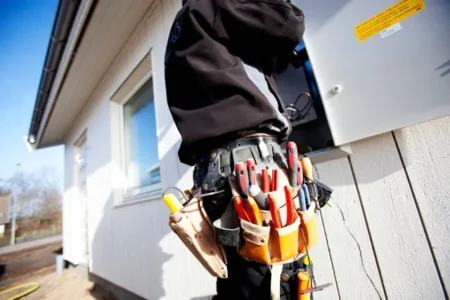Mobile apps are a great way to reach a larger audience by making your content available in multiple languages. However, translating an app can be a daunting task. In this article, we’ll give you some tips on how to make the process easier so that you can get your app up and running in no time.
What is a Mobile App?
A mobile app is a software application designed to run on a mobile device, such as a smartphone or tablet. Mobile apps are typically developed specifically for each individual platform, such as iOS for Apple devices or Android for devices from Google and other manufacturers. This means that a mobile app written for one type of device will not work on another type of device.
If you want to make your mobile app available to the widest possible audience, you will need to develop versions of your app for each major platform. This can be a costly and time-consuming process, so it is important to carefully consider which platforms you want to target.
One way to reduce the cost and complexity of developing multiple versions of your app is to use a cross-platform development tool. These tools allow you to write your code once and then automatically generate versions of your app that will work on multiple platforms. This can be a great way to reach a larger audience with your app without incurring the cost and effort of developing separate versions for each platform.
How to Translate a Mobile App
If you’re looking to translate your mobile app into another language, there are a few things you’ll need to take into account. In this blog post, we’ll run through the basics of how to go about translating a mobile app.
One of the first things to consider is what languages you want to target. Make sure to do your research and find out which languages are most commonly used in the country or region where you’re looking to launch your app.
Once you’ve decided on which languages to target, the next step is to start translating your app’s interface and text. This can be done using a number of different tools and services. One option is to use a machine translation service like Google Translate.
Another option is to hire a professional translator or firm to handle the translation for you. This is often the best option as it ensures that your app’s translations are accurate and of high quality.
Once your app’s interface and text have been translated, the next step is to test everything out. Make sure to test your app on devices that use the target languages, and check that all the text and interface elements are displaying correctly.
Finally, don’t forget to promote your translated app in
The Different Types of Translation Services
There are many different types of translation services available for mobile apps. Here are some of the most popular:
- Machine Translation: This type of translation service uses algorithms to translate text from one language to another. It is fast and can be used for large projects, but it is not always accurate.
- Human Translation: This type of translation service uses human translators to translate text from one language to another. It is more accurate than machine translation, but it is also more expensive and can take longer to complete.
- Localization: This type of translation service adapts an app for a specific region or market. It involves translating the app’s text and interface into the local language, as well as making sure the app conforms to local cultural norms and expectations.
- Crowdsourcing: This type of translation service relies on a community of volunteer translators to translate text from one language to another. It is often used for open source projects and can be faster and cheaper than other types of translation services, but it can also be less accurate.
How to Choose the Right Translation Service
When it comes to translating a mobile app, you want to make sure you choose a reputable translation service. There are many factors to consider when choosing a translation service, such as:
-The quality of the translation
-The turnaround time
-The price
You also want to make sure that the translation service you choose has experience translating mobile apps. This way, you can be confident that they will be able to accurately translate your app.
If you’re not sure where to start, we’ve compiled a list of the top 5 translation services for mobile apps. Check it out below:
- Gengo
- One Hour Translation
- Process9
- translation lab
- TextMaster
Conclusion
There you have it! The steps on how to translate a mobile app. Keep in mind that the quality of your translation will greatly affect your app’s success in other markets, so be sure to work with a professional translator who is familiar with the target language and culture. With a little effort and planning, you can ensure that your app will be well-received by users in other countries.







